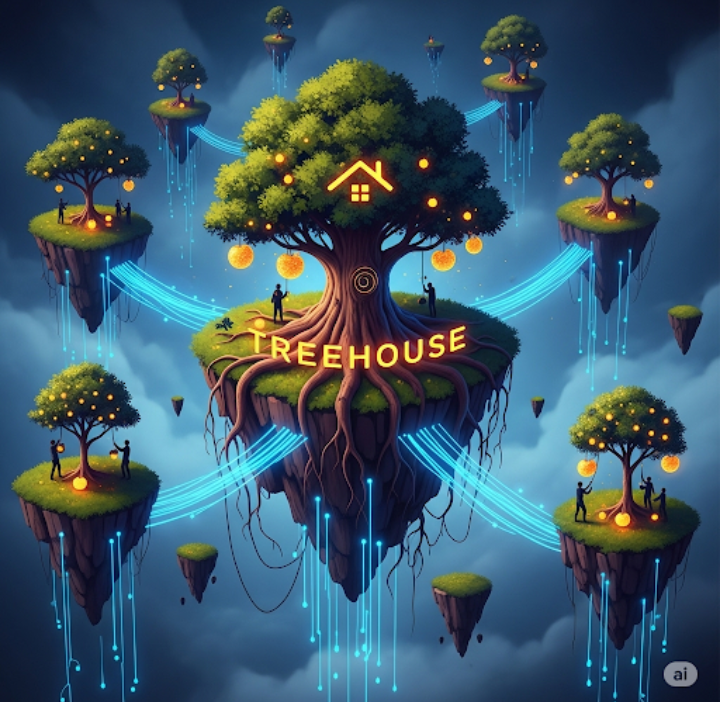The Web3 space is actively developing, but with this, the complexity of development is also increasing, especially for those just starting their journey. Issues with data access, interoperability between different blockchains (cross-chain), and the lack of user-friendly tools can slow down innovation. That is why Treehouse is becoming a key platform that addresses these challenges for both developers and end-users.
Treehouse for developers: from data to scaling
For developers looking to create decentralized applications (dApps) or protocols, Treehouse offers a comprehensive ecosystem of tools that greatly simplifies the process.
Full access to on-chain data
Treehouse provides the opportunity to gain full access to data stored on the blockchain. This allows developers not only to analyze information but also to create applications that require a deep understanding of the state of the network, such as DeFi protocols or analytical dashboards. Quick and reliable access to this data is critical for creating effective and stable solutions.
Cross-chain capabilities
One of the biggest barriers in Web3 is the isolation of different blockchains. Treehouse overcomes this issue by providing tools for interoperability between networks. This allows developers to create applications that can operate with assets and data from various blockchains, significantly expanding their functionality. For example, a dApp can be developed that allows users to exchange assets between Ethereum and Solana without the need for centralized exchanges.
Scalable development tools
Treehouse provides scalable tools that adapt to the growing needs of developers. Whether you are working on a small project or a large-scale protocol, the platform's tools allow for efficient building and iteration, minimizing infrastructure overhead.
Treehouse for users: enhancing interaction
Treehouse enhances the user experience by providing a simpler and more efficient way to interact with the Web3 space. Users can easily access data, interact with various dApps, and conduct cross-chain transactions without technical complexities. This contributes to the wider adoption of Web3 among the general audience, making it more accessible and understandable.
Conclusion: Treehouse as a bridge to the future of Web3
Treehouse is not just a platform but a key element that unites the Web3 ecosystem. It removes barriers for developers by providing them with the necessary tools to create innovative solutions and improves the experience for end-users, making Web3 more intuitive. This platform plays an important role in accelerating the development of decentralized technologies and bringing closer the future where Web3 will be accessible to everyone.
What do you think, what other tools are necessary for the mass adoption of Web3?

